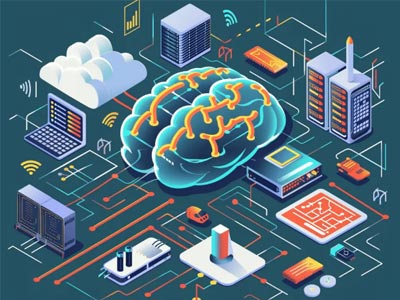When a robot can clean the house, fold laundry, and run the dishwasher, can human household chores be handed over to robots?
American Yushu, the humanoid robotics company Figure AI, released its latest product, Figure 03. On October 9th, the company released a video showing Figure 03 performing a range of household tasks, including clearing dishes from the table, wiping up messes, folding shirts, and even interacting with a pet dog.
In the video, it carefully picks up a plate from the table, sweeping up crumbs with one hand while catching it with the other.
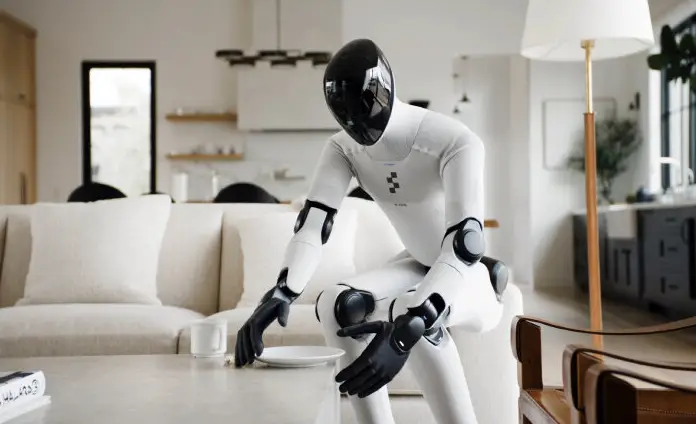
When handling dishes, it slowly rinses the plate and then accurately places it in the dishwasher.
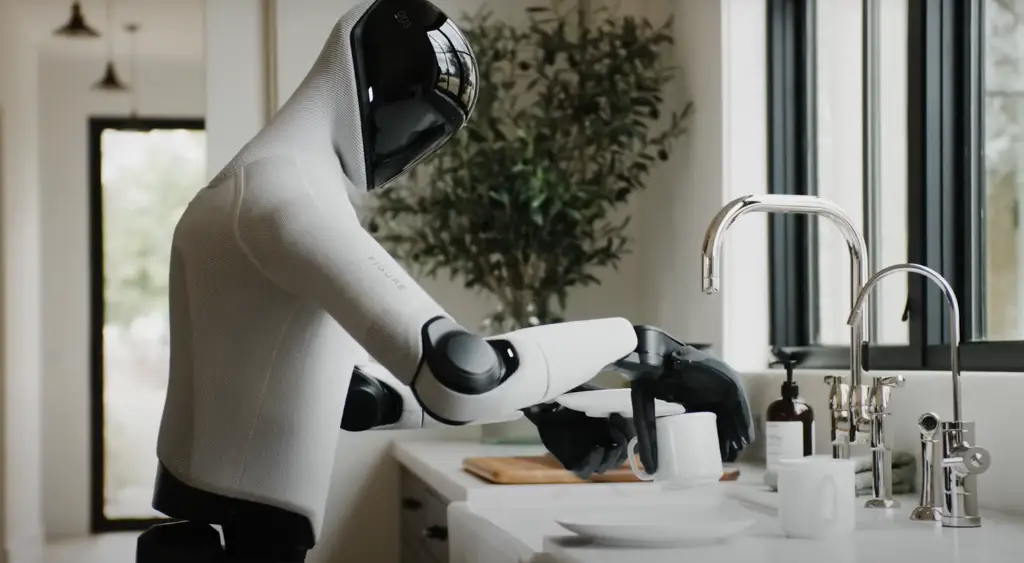
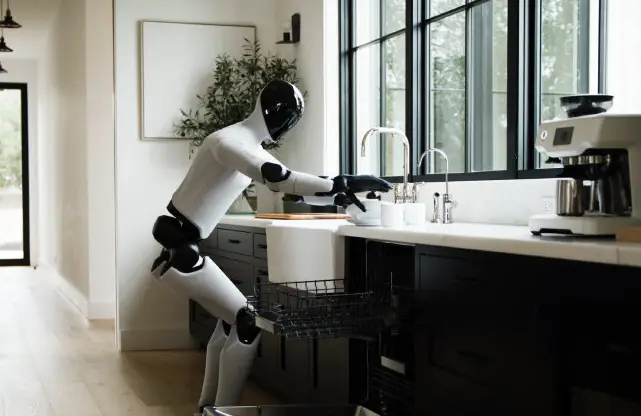
It can even complete relatively complex tasks like folding shirts, washing clothes, putting away toys, and picking up packages. While its posture might seem awkward and squat to humans, this is likely the optimal path the algorithm has mapped out for it.
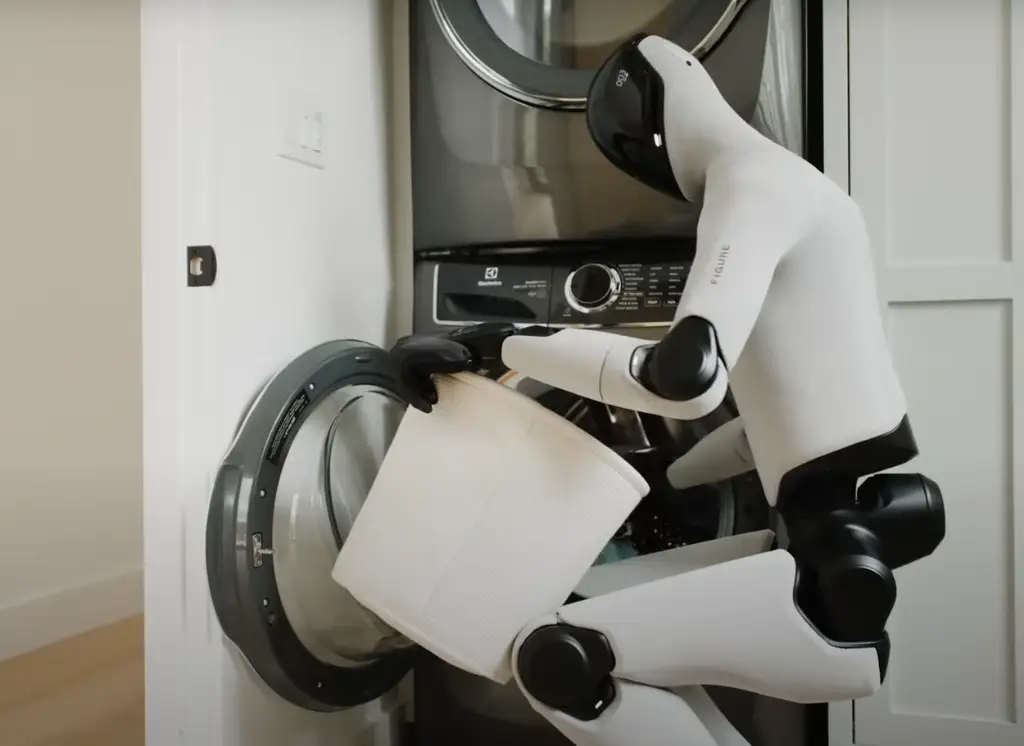
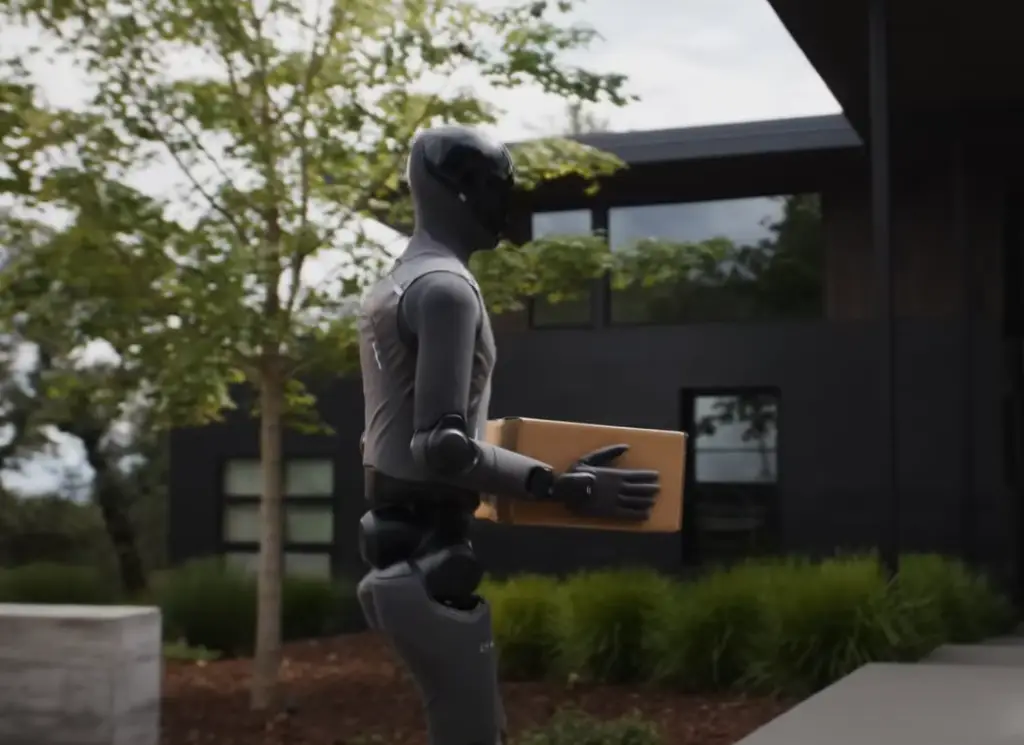
For safety reasons, Figure 03's speed within the home is set at a relatively slow 2.6 miles per hour. It can automatically leave its wireless charging pad and begin working, with a single charge providing approximately five hours of operation.
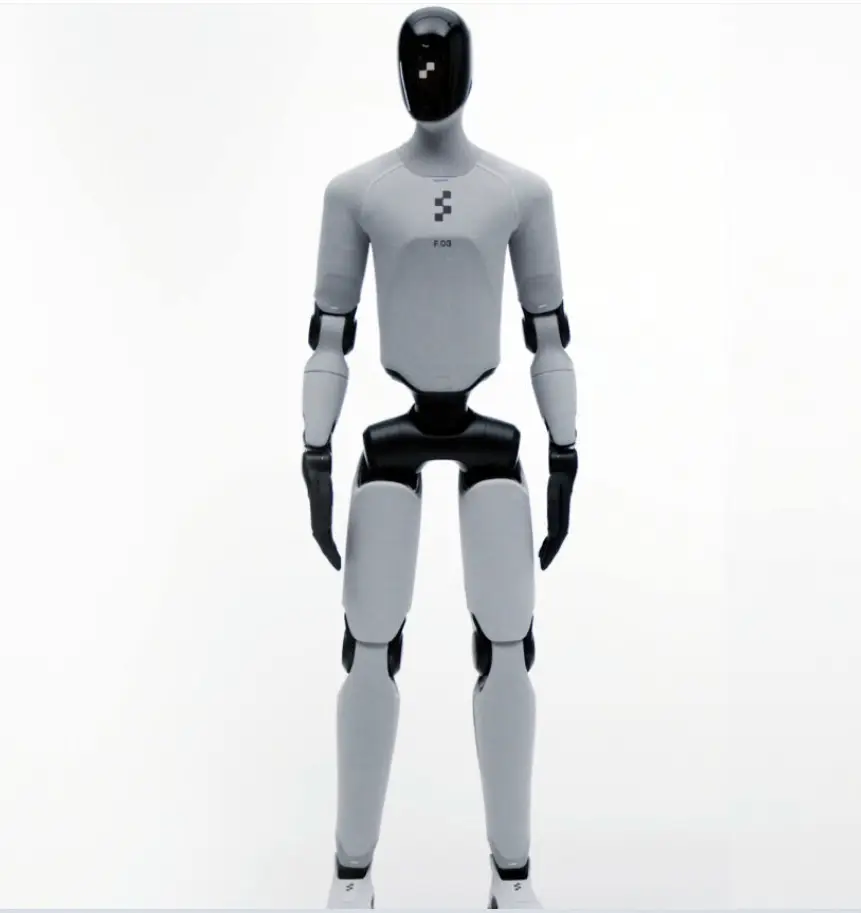
Figure 03's capabilities are made possible by significant hardware upgrades, particularly a new dexterous hand design that integrates tactile sensors and cameras.
This advancement also landed Figure 03 on the cover of Time magazine's Best Inventions of 2025 list, sparking widespread discussion about the home robot revolution.
However, Time magazine also noted that the robot will not be ready for home use at launch. Figure AI has not yet announced a release date or pricing for Figure 03, and analysts believe its early applications are more likely to be in factories than in homes.
Perceiving Paperclips – Dexterous Hands and AI Vision Systems Are Key Breakthroughs
One of the most notable upgrades to Figure 03 is its all-new hand system. The redesigned hands are equipped with tactile sensors, enabling the fingertips to sense even the slightest pressure, allowing them to safely handle fragile or irregularly shaped objects.
According to a company press release, Figure 03's fingers are softer, more compliant, and have a larger contact area, enabling them to stably grasp objects of various shapes and sizes. The company notes that each fingertip can sense as little as 3 grams of pressure, distinguishing between a "stable grip" and "about to slip," enabling precise control.
This sensitivity is enough to sense the weight of a paperclip resting on a finger. This capability is demonstrated in the video, where the robot sweeps crumbs from a tabletop with one hand while the other takes over from below.
Additionally, each hand features a new camera, enabling it to function even when the main camera is obscured, such as when reaching into a cabinet. This visual data, combined with the company's proprietary "Helix" vision-language-behavior AI system, helps the robot adjust its movements in real time in complex environments. Figure 03's rapid development is driven by generative AI.
According to company information, the robot integrates OpenAI models and NVIDIA's robotics technology stack, enabling it to not only understand verbal commands but also learn new tasks by observing human behavior. This AI-driven learning capability is central to its ability to quickly master complex skills such as folding laundry and washing dishes.
Hardware Upgrades Optimized for Multiple Scenarios
To better integrate into the home environment, Figure 03 has undergone numerous design optimizations.
According to the company, the robot's body is almost entirely covered in soft knitted and textile fabrics, with foam padding at the joints to prevent pinching and accidental impacts.
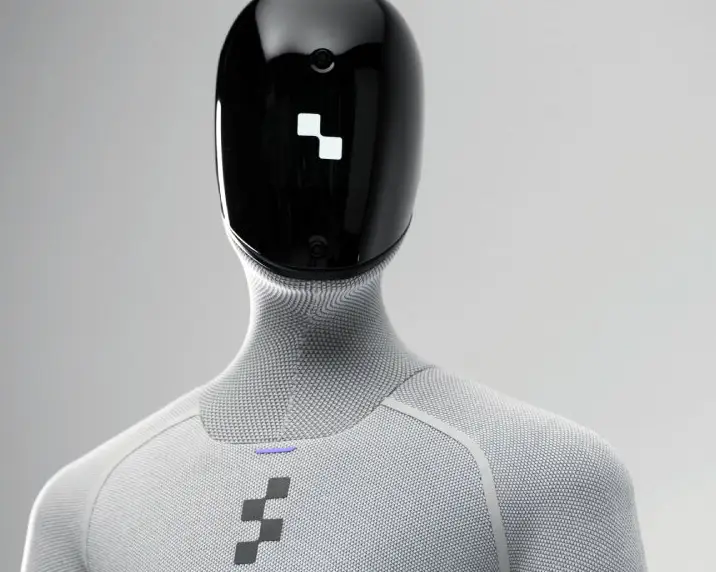
Compared to its predecessor, its overall mass is 9% lighter, occupying a smaller footprint and enabling greater maneuverability in confined areas.
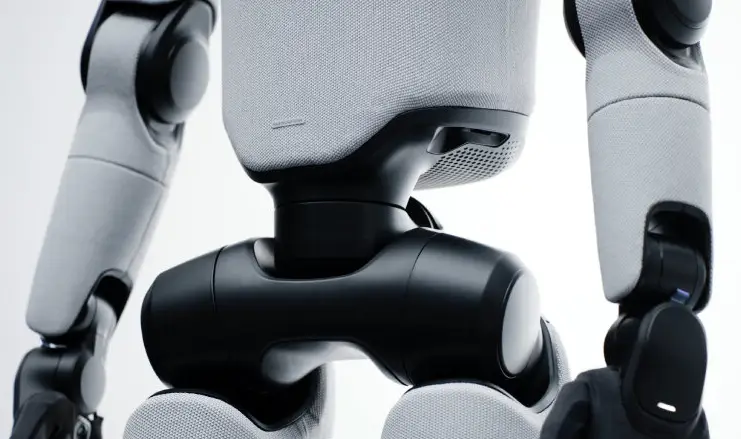
Additionally, new battery safety features and wireless inductive charging (via coils in its feet that connect to a charging pad) enhance its safety and convenience in indoor environments.
For industrial applications, Figure 03 has also undergone a complete redesign. Its actuators offer faster speeds and greater force, enabling them to meet the demands of repetitive or high-speed motion in warehouses or assembly lines.
Figure's dedicated manufacturing facility, BotQ, will produce 12,000 units annually.
Earlier this year, it was reported that California-based Figure announced the development of a new, high-volume manufacturing facility for the BotQ humanoid robot. Designed in-house, the facility is specifically designed for large-scale production of humanoid robots.
The facility ensures quality control by in-house production of key components and final products. Leveraging a digitally integrated, in-house Manufacturing Execution System (MES), every subassembly and final product is completed on the same production line with full traceability, ensuring quality, repeatability, and continuous improvement.
BotQ aims to initially produce 12,000 robots annually, with a cumulative production volume of 100,000 units within the next four years.
Path to Commercialization: Factories first, home use may be a ways off.
While Figure 03 demonstrates significant potential for home use, its commercialization prospects remain uncertain.
Figure AI did not provide any timeline or specific price for home delivery, but it is widely expected to cost tens of thousands of dollars. Consequently, market speculation suggests that the robot is more likely to be deployed first in the industrial sector.
Currently, competition in the humanoid robot market is fierce, with competitors including Tesla's Optimus, Boston Dynamics' Atlas, and China's YuShu G1.
As Figure AI acknowledged last year, the industry "faces high risk and a very low chance of success." In the short term, cost, safety, and technological maturity remain the main obstacles preventing humanoid robots from entering everyday homes. However, in the long term, with continued technological advancement, home robot assistants like Figure 03 may become a normal part of life for generations to come.




